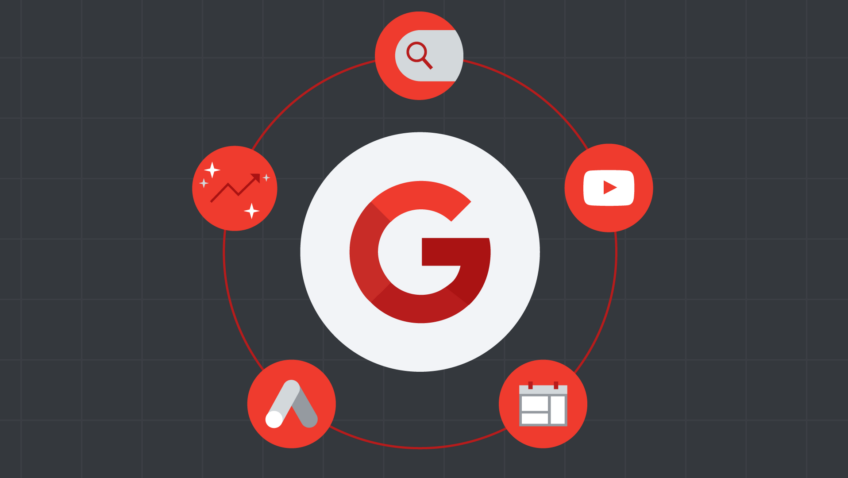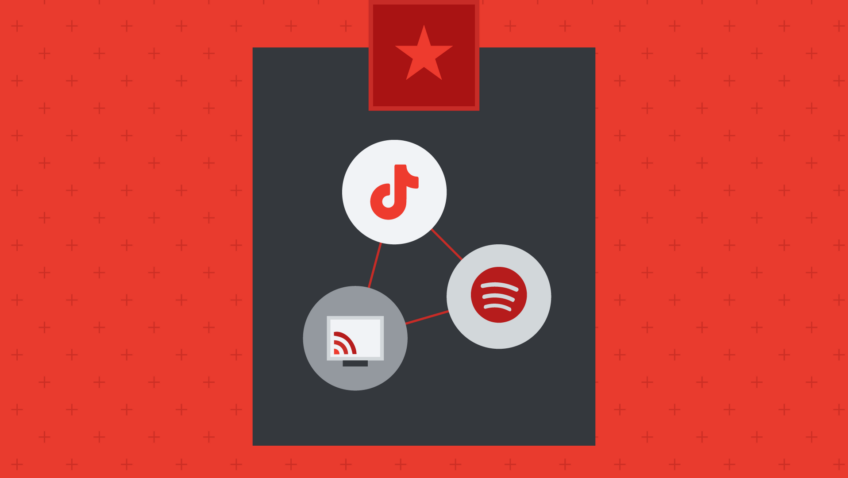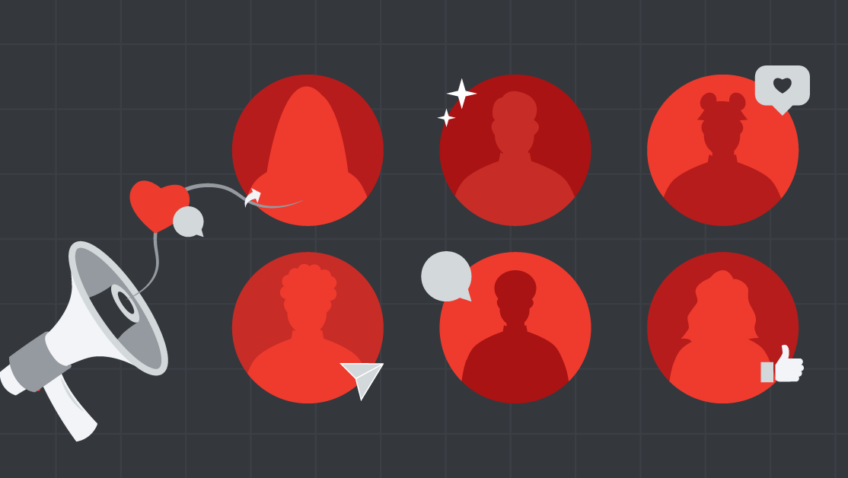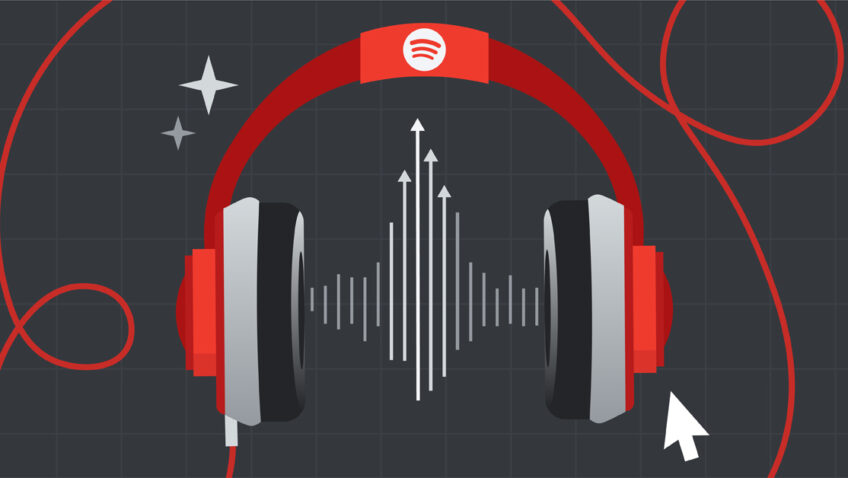Your Guide to Google Grants
What They Can and Can’t Do in 2022 and Beyond
The fall season is a lot like the digital landscape: things change fast. Just as green leaves fade into yellow and the air turns crisp and cool, digital marketing trends, platforms, and evolutions evolve at the speed of (dwindling) light. With recent news like the crumbling of third-party cookies and Responsive Search Ads (RSAs) becoming the only Search ad format, you may not have heard about the quiet, iterative updates to Google Ad Grants over the past few seasons.
Let’s begin with a bit of Google Grant history, shall we? As the search marketing darling of nonprofit organizations, Google Ad Grants have been supplementing search since 2003. In the digital world, that feels like a lifetime!
In 2013, Google added the $2 max cost-per-click (CPC) bid limit (spoiler: that’s changed), and in 2018 we filled you in on more changes aligned with Google’s evolving algorithm.
Now it’s 2022, and Google Grants operate differently in the search landscape. And since change is inevitable, we’ll keep this blog post updated on how they continue to evolve, so you can always have the latest at your fingertips.
Here’s what you need to know to make the most out of your Grant account now.
Google Grants are Great, But Need to be Supplemented
Grants Can: Provide a solid return on investment (ROI)
Grants Can’t: Compete with paid search
We’re coming out swinging here! Don’t get me wrong: Google Grants are a powerful tool for nonprofit organizations and are better than nothing regarding search advertising. But the truth is this: in 2022, Google Grants simply aren’t enough on their own. So what can you do? Add paid search into your search engine marketing (SEM) mix.
The Rise of Paid Search
Paid search is often an untapped resource for arts organizations. It allows flexibility with your media budget, provides a solid ROI for revenue-oriented campaigns, and is impactful for all types of disciplines and operating budgets.
Additionally, the Google Grant program implemented new policies in 2017 that made it more difficult for Grant ads to stand up to competing paid search ads, leaving arts organizations with missed opportunities to bring audiences across the finish line and make sales. So here’s why paid search + Google Grant are a dynamic duo:
- Paid search ads get priority over Grant ads on the SERP. The Google Grant quality filter affects your ability to rank on the search engine results page (SERP) and limits your ability to rank on mobile. Incorporating paid search allows you to use single-word keywords in your ads (which are restricted in the Grant) while also yielding:
- Higher search impression share. This is the percentage of impressions your ad receives compared to the total number of impressions it could get. Grants ads are less competitive in the search landscape, which means paid ads will rank higher and drive stronger results.
- Paid search combats ticket resellers. By performing more competitively in the rankings, paid search better positions nonprofit organizations to rank above ticket resellers and other SERP competition.
- Your paid and Grant ads won’t compete. Your domain can only enter the auction once, and paid ads are given priority over Grant ads when both are eligible. This means the two will not compete, and your Grant ads remain as incremental coverage—wahoo!
- Paid search closes sales: As a user-driven channel, paid search drives sales by targeting audience members looking for what you sell.
- There is zero extra lift for you. Great news! Most of the time, running paid search requires no extra content. You can use the same campaigns—with a few tweaks—used in the Grant.
Paid Search in Action
You may say, “Okay, okay—but what real-world examples can you show me?” My dear digital marketer, I present to you this example from the Boston Ballet, before and after adding a Brand campaign to their paid account:

Note the 137.5% increase in search impression share! This shows how paid ads are more competitive than Grant ads in the search landscape.
Grants Have Grown
Can: Use new ad formats + image extensions
Can’t: Run on every Google platform
When it comes to Google Grants, I have to break out my best Harry Styles impression: “You know it’s not the same as it was. ?” And that’s good news!
Grants now support dynamic ad formats which use machine learning to find the best ad combinations to help your campaigns match more searches and compete in more auctions. You can also use Google image extensions, which show a small image(s) next to your ad on the SERP. Image extensions are relatively new—they were rolled out in May 2021—and yield significantly higher Click-Through Rates (CTRs). Take advantage!
All that said, there is one significant thing that’s stayed the same: search ads are the only eligible use for Grants at this time. That means you still cannot use the Google Grant to run ads on YouTube, Display, or any other Google placement besides search.
Bye Bye, Bid Cap
You may have it in your mind that when it comes to Grant ads, a $2 cost-per-click (CPC) is best—and that was true before automated bidding hit the scene. In 2018, the bid cap was lifted for campaigns using smart bidding, and since April 2019, all Grants are required to use smart bidding. If you created a Grant account before April 2019, you might still be using manual bidding as a legacy feature. If so, it’s time to upgrade!
Smart bidding saves the time you spend optimizing manually and has a bigger impact. It’s a form of automated bidding where Google automatically chooses what to bid at each auction to optimize conversions for your campaign. There are several types of smart bidding strategies, but Grant campaigns can benefit from the following:
- Max Conversions: This strategy lets the Google algorithm focus solely on attaining conversions, regardless of value, within the daily budget you set.
- Max Conversion Value: With this strategy, the algorithm aims to gain the most conversion value for a specific budget.
- Target CPAs: Here, you can set the cost you’re willing to pay for each conversion.
- Target ROAs: Set a target return on ad spend (ROAS) for each conversion.
So there you have it—Grants have grown. They still can’t do everything (another reason paid is the Grant’s perfect partner) but Google’s evolution with machine learning helps you make the absolute most of your Grant ads.
How To Use Your Google Grant in 2022 and Beyond
Can: Optimize your marketing budget
Can’t: Be your only acquisition tool
We’ve covered a lot so far: paid search, new ad types, smart bidding? Check, check, check! You may be wondering what exactly you should be using your Grant for in 2022, if not the user-driven campaigns you’ll now be targeting with paid. Here is my advice:
Use Your Grant for Branded Campaigns and Evergreen Campaigns
Your Google Grant is a wise choice for evergreen or branded campaigns, such as general events & activities, genre terms, or classes. Since these campaigns target audiences who aren’t necessarily ready to buy from you, targeting them is more expensive and usually drives a lower ROI. So let the Grant cover these campaigns (up to $329 per day) while you invest in more revenue-driving initiatives through paid search. It’s an excellent opportunity to get search coverage for things that don’t have a dedicated marketing budget.
- Pro Tip #1: Focus on search volume. Ads only show up when they answer a searcher’s query, which means having the right keywords in your ads is absolutely paramount. Use Google’s Keyword Planner and create campaigns based on what searchers are looking for, and keep brand new initiatives to other marketing channels until their search volume picks up.
- Pro Tip #2: Don’t turn Grant campaigns off if you lift them into paid. You can still get results, and as a reminder, the two will not compete because Grant ads already appear below paid on the SERP.
Your 3 Next Steps
That was a lot to cover—whew! Here is a handy overview of your next steps with your Google Grant Ads:
- Use your Google Grant and paid search in tandem to yield the best results.
- Add new dynamic ad formats and image extensions into your Grant Ads.
- Ensure smart bidding is enabled.
Remember, Google Grants are a fantastic resource for your organization, and rest assured they are doing great work for you on the SERP. Now it’s time to take things to the next level, and while that is both exciting and essential, it may feel intimidating, too—so if you’d like some support, our search team can help.











